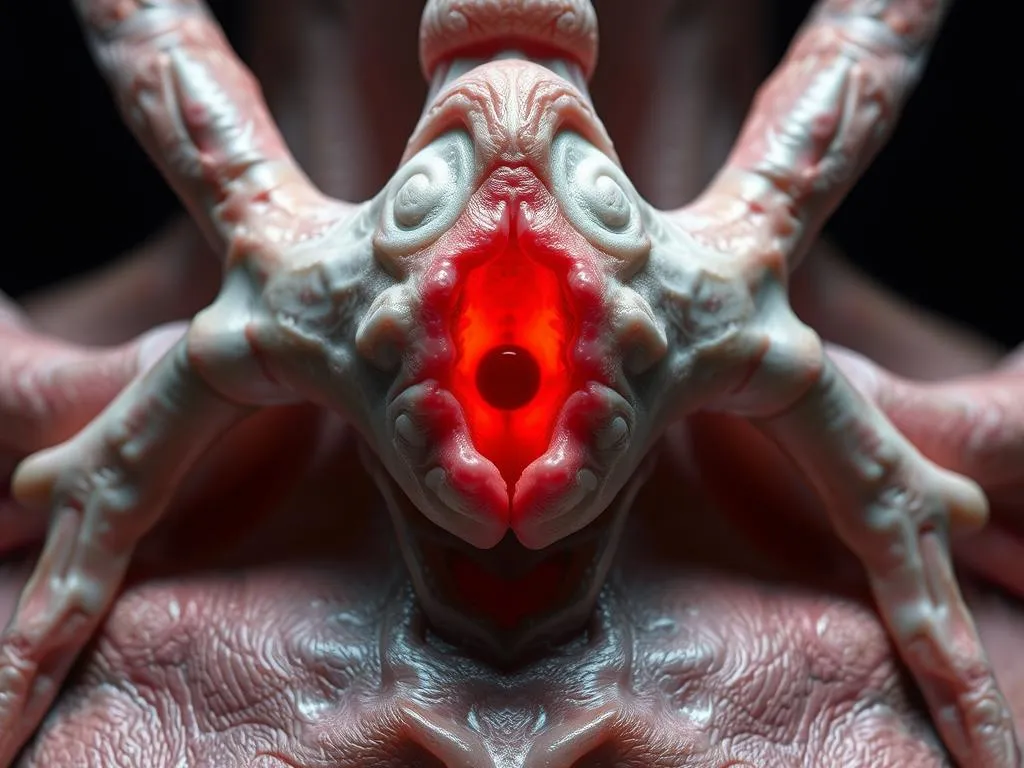
Anal gland cancer is a serious condition affecting pets, particularly dogs and cats. Understanding this type of cancer is crucial for pet owners, as early detection can significantly impact the outcome of treatment. This article will delve into various aspects of anal gland cancer, including signs and symptoms, diagnostic processes, treatment options, and preventive care.
What is Anal Gland Cancer?
Definition
Anal glands, also known as anal sacs, are small glands located near the anus of pets. They produce a fluid that is used for marking territory. Anal gland cancer refers to malignant tumors that develop in these glands. There are different types of tumors that can form, including adenocarcinomas, which are the most common type of anal gland cancer in dogs.
How Common is Anal Gland Cancer?
Anal gland cancer is not exceedingly common but poses a significant risk. Statistically, it is more prevalent in dogs than in cats, with certain breeds, such as the Cocker Spaniel, Dachshund, and German Shepherd, being more predisposed. Typically, this condition is diagnosed in middle-aged to older pets, often between the ages of 8 and 12 years.
Causes and Risk Factors
Potential Causes
While the exact cause of anal gland cancer remains unclear, several factors may contribute. Genetic predispositions in certain breeds can increase risks. Environmental factors, such as exposure to chemicals or pollutants, may also play a role in the development of this cancer.
Risk Factors
Certain breeds are more susceptible to anal gland cancer, including:
– Cocker Spaniels
– Bulldogs
– Basset Hounds
Age is another significant factor, with older pets being at higher risk. Additionally, lifestyle factors such as obesity and diet can contribute to health issues, increasing the likelihood of cancer development.
Signs and Symptoms of Anal Gland Cancer
Behavioral Changes
Pet owners may notice changes in grooming habits, as pets may lick or bite at the anal area more frequently due to discomfort. Signs of pain or discomfort can also manifest as changes in behavior, such as increased irritability or withdrawal.
Physical Symptoms
There are several physical symptoms to watch for:
– Swelling or lumps around the anal area
– Blood or discharge from the anus
– Changes in bowel habits, such as diarrhea or constipation
Diagnostic Signs
Regular veterinary check-ups are essential for the early detection of anal gland cancer. During these visits, veterinarians will perform thorough examinations. Diagnostic tests such as biopsies or imaging can provide crucial information regarding the presence of cancerous cells.
Diagnosis of Anal Gland Cancer
Veterinary Examination
During a veterinary visit, pet owners can expect a comprehensive physical examination. The vet will assess the anal area for any unusual swelling or lumps. They may also inquire about behavioral changes or any noticeable symptoms to gain a full understanding of the pet’s health status.
Diagnostic Procedures
If anal gland cancer is suspected, several diagnostic procedures may be necessary:
– Ultrasound: This imaging technique helps visualize the internal structures and assess any abnormalities in the anal glands.
– X-rays: Useful for detecting metastasis or spread of cancer to other areas.
– Blood tests: These can help evaluate the overall health of the pet and check for any abnormalities.
Cytology and histopathology are critical in diagnosing anal gland cancer. A sample of the tumor is taken and examined under a microscope to determine the presence of malignant cells.
Treatment Options
Surgical Interventions
Surgery is often the first line of treatment for anal gland cancer. The surgical removal of tumors can be effective, especially if the cancer is caught early. However, as with any surgery, there are inherent risks, including infection and complications from anesthesia.
Chemotherapy and Radiation Therapy
In cases where the cancer is more advanced or has spread, chemotherapy and radiation therapy may be recommended. These therapies aim to reduce the size of tumors and manage symptoms. Potential side effects can include nausea, fatigue, and a weakened immune system, so careful monitoring is essential during treatment.
Palliative Care
When a cure is not possible, palliative care becomes important. This approach focuses on maintaining comfort and quality of life for pets. Options may include pain management through medications and supportive care to enhance the pet’s daily living.
Prognosis and Outcomes
Survival Rates
The prognosis for anal gland cancer varies significantly based on the stage at which it is diagnosed. Early-stage cancers generally have a better survival rate, while advanced stages may have a more guarded prognosis. Statistics indicate that pets diagnosed early can have survival rates of 60-80% with appropriate treatment.
Long-Term Management
Following treatment, regular follow-up care is crucial. Pet owners should monitor their pets closely for any signs of recurrence and maintain regular veterinary visits to ensure ongoing health management.
Preventive Measures
Regular Vet Check-ups
Routine veterinary check-ups are vital for early detection of anal gland cancer. During these visits, pet owners should discuss any concerns or changes they’ve observed in their pet’s behavior or health. Regular screenings can lead to early intervention, improving outcomes.
Lifestyle and Dietary Changes
Promoting a healthy lifestyle through a balanced diet and regular exercise can help in cancer prevention. A diet rich in nutrients supports overall health and reduces the risk of obesity, which is a contributing factor to various health issues.
Monitoring for Early Signs
Pet owners play a key role in monitoring their pets for early signs of anal gland cancer. Watching for changes in grooming habits, behavior, and physical symptoms can lead to early diagnosis and treatment. Being proactive can make a significant difference in the health and well-being of pets.
Frequently Asked Questions (FAQs)
Common Concerns
If you notice symptoms such as swelling, lumps, or changes in bowel habits, it is essential to consult a veterinarian promptly. Early detection is critical in managing anal gland cancer effectively. Routine check-ups should ideally be scheduled at least once a year, or more frequently for older pets or those with known health issues.
Myths and Misconceptions
There are many misconceptions regarding anal gland cancer. One common myth is that it only affects older pets, but younger animals can also develop this type of cancer. It’s essential to rely on accurate information and consult with a veterinarian for any concerns regarding your pet’s health.
Conclusion
Understanding anal gland cancer is vital for pet owners. By recognizing the signs and symptoms, seeking timely veterinary care, and maintaining a proactive approach to health management, pet owners can significantly improve their pets’ chances of early detection and successful treatment. Staying informed and vigilant about your pet’s health is the best strategy for ensuring a long and happy life together.









